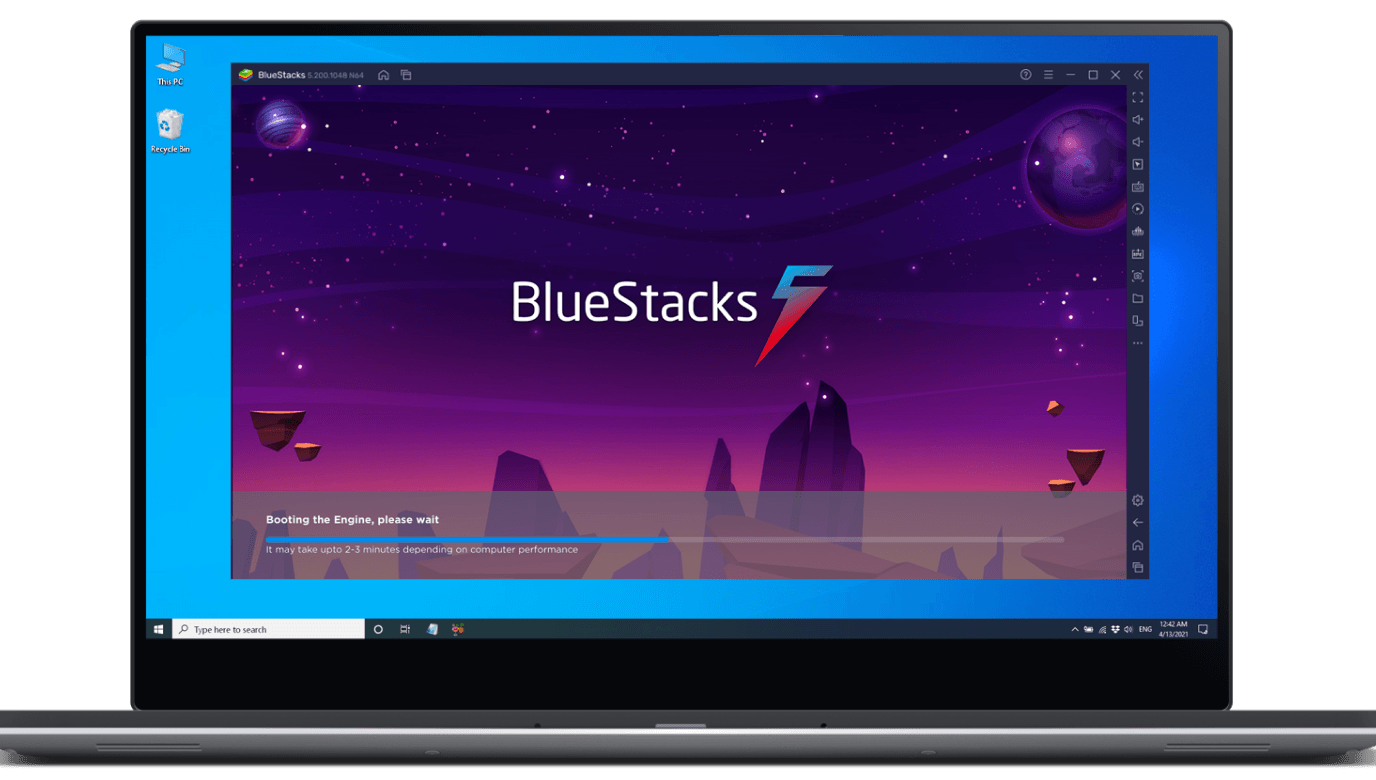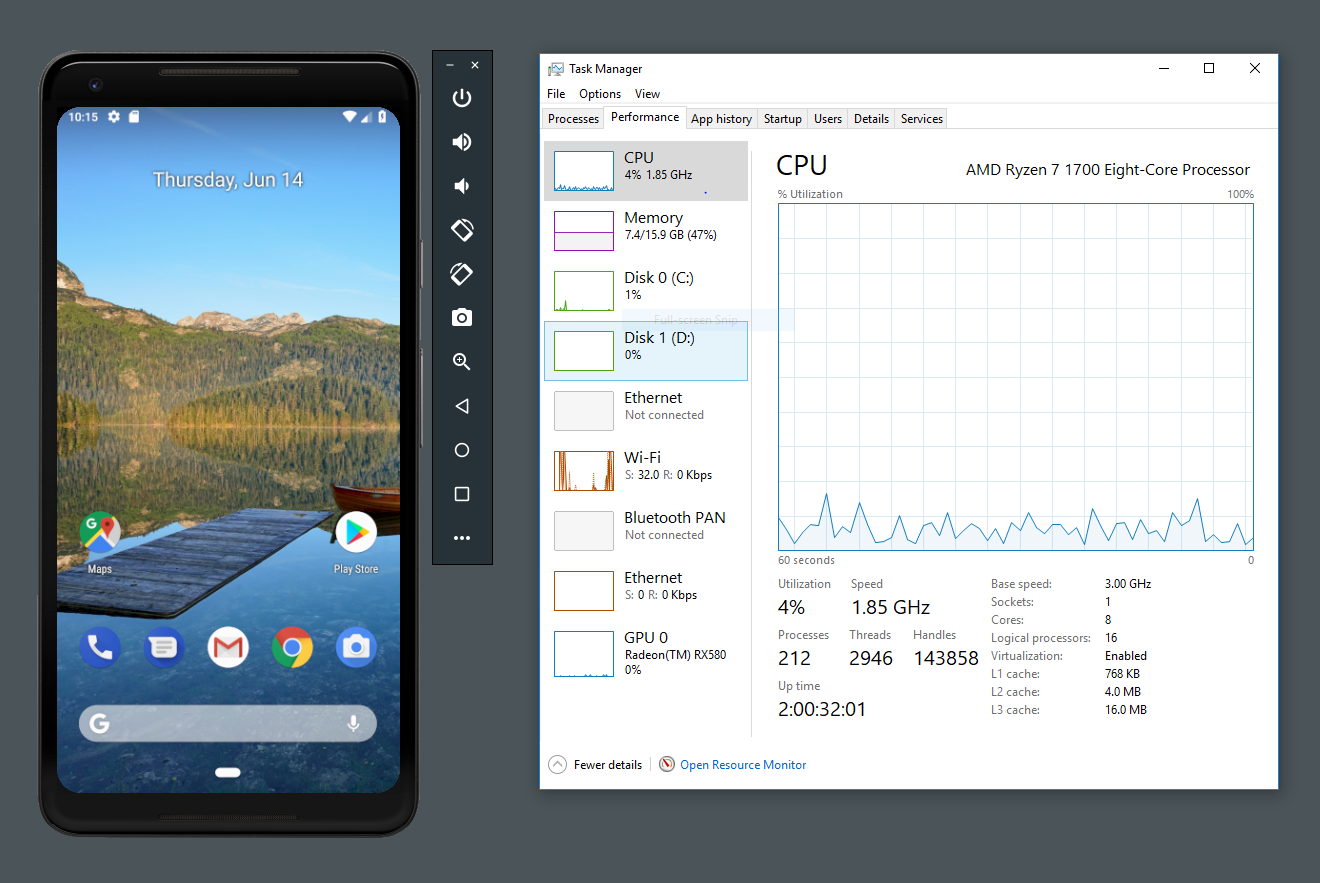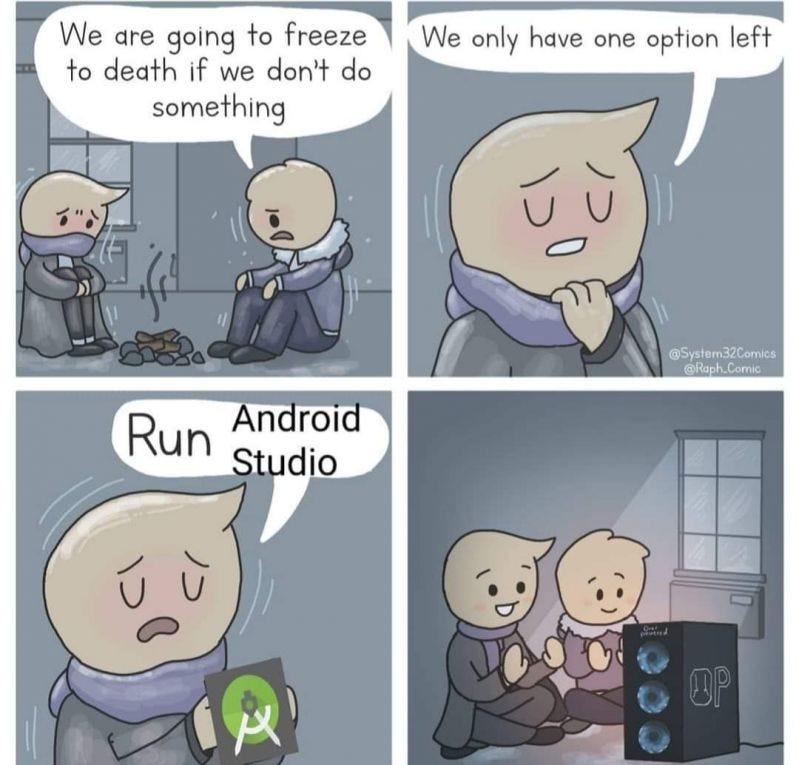


- #HOW TO ADD PHOTO TO ANDROID EMULATOR MAC FOR MAC OS X#
- #HOW TO ADD PHOTO TO ANDROID EMULATOR MAC CODE#
- #HOW TO ADD PHOTO TO ANDROID EMULATOR MAC SIMULATOR#
Relaunch the emulator and the error should go away, and your emulator should be much faster. Simply copy lib*.* from C:\Users\Public\Documents\RAD Studio\12.0\PlatformSDKs\adt-bundle-windows-x86-20130522\sdk\tools\lib up one folder to C:\Users\Public\Documents\RAD Studio\12.0\PlatformSDKs\adt-bundle-windows-x86-20130522\sdk\tools (this is assuming you are using the Android tools installed by RAD Studio. If that doesn’t work then you need to copy the necessary DLLs to a different directory so the emulator can find them. This has two common causes, the first is fixed with a reboot. If you do, then use this tip (if you don’t get the error, then skip this tip). Copy the OpenGLES libraries – After launching an emulator with Use Host GPU enabled, sometimes you get an error “Could not load OPENGLES emulation library”.(Not, this is incompatible with the other performance option of Snapshot, but I’ve found Use Host GPU results in better emulator performance, while Snapshot only speeds up emulator startup.)

So create a new Android Emulator, and make sure to enable Use Host GPU.
#HOW TO ADD PHOTO TO ANDROID EMULATOR MAC FOR MAC OS X#
#HOW TO ADD PHOTO TO ANDROID EMULATOR MAC CODE#
These almost always are using an x86/Atom Android image, which runs faster because it doesn’t need to emulate the CPU, running x86 code on your host CPU (much like the iOS Simulator). You may see some articles or tips about using the Intel HAXM, BlueStacks, Genymotion, Android-x86 or some other high performance Android emulator. Most Android developers I talk to develop on actual hardware, but sometimes you need the emulator, and when you are using it you need it to run faster.
#HOW TO ADD PHOTO TO ANDROID EMULATOR MAC SIMULATOR#
This means the iOS Simulator is typically faster than actual hardware, and the Android Emulator is slower than actual hardware. The main reason is because it is emulating the ARM CPU & GPU, unlike the iOS Simulator, which runs x86 code instead of the ARM code that runs on the actual hardware.


 0 kommentar(er)
0 kommentar(er)
